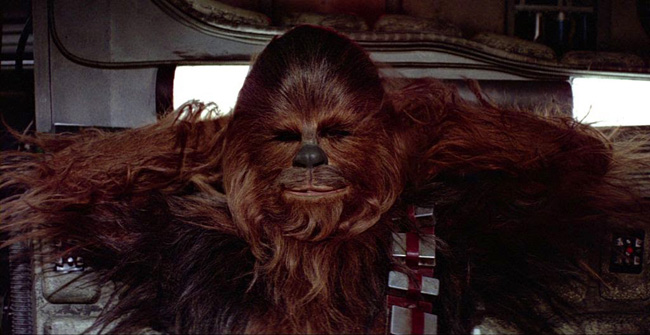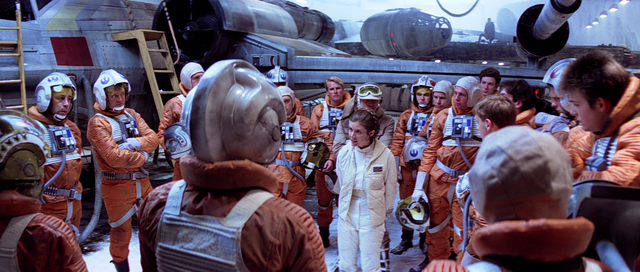
It has been announced that Episode VII will occur approximately 30 years following Return of the Jedi, or around the 34 ABY date. This has several possible consequences. The most blatant is a complete reboot of all Expanded Universe material. This seems extreme, especially as certain EU properties are ongoing (The Old Republic) or are tie-ins to material that will explicitly be preserved (The Clone Wars tie-in novels and comics mostly).
There are three other scenarios, of varying likelihood, all are based on the idea of ‘break points’ in the timeline, wherein everything after a certain date loses canonical validity. Such breaks could be hard, absolute directives based on date in-universe, or soft, with an assumption that material will stand until some explicit contradiction arises in the future EU. Regardless, it makes sense to look at these potential break points and what they would mean for the EU overall.
Lucasfilm has long organized the EU into discrete ‘publishing eras’ of which there are seven plus the non-canon Infinities “era”. These eras are: Before the Republic, Old Republic, Rise of the Empire, Rebellion, New Republic, New Jedi Order, and Legacy. The dividing lines of these eras are, not coincidentally, where we find our break points. Read More



